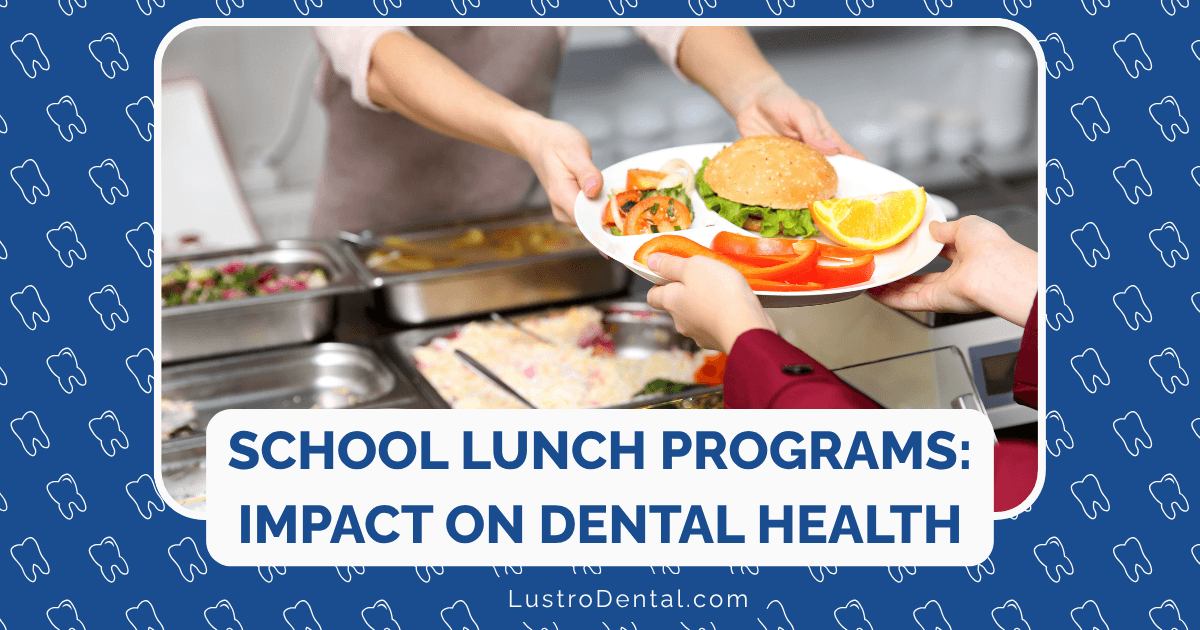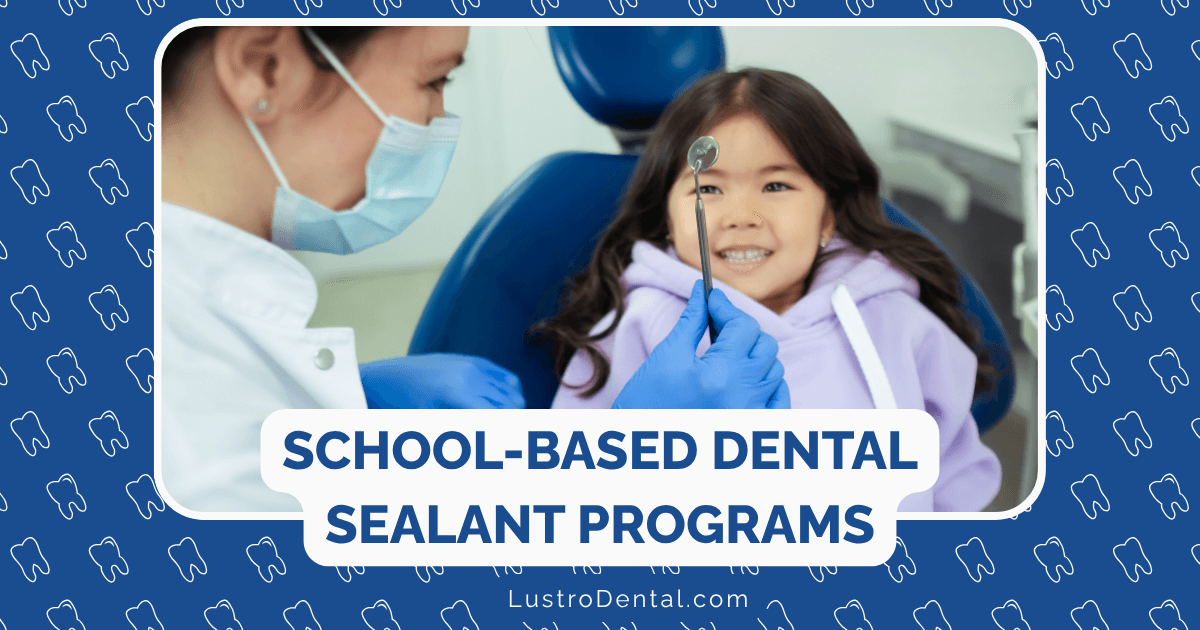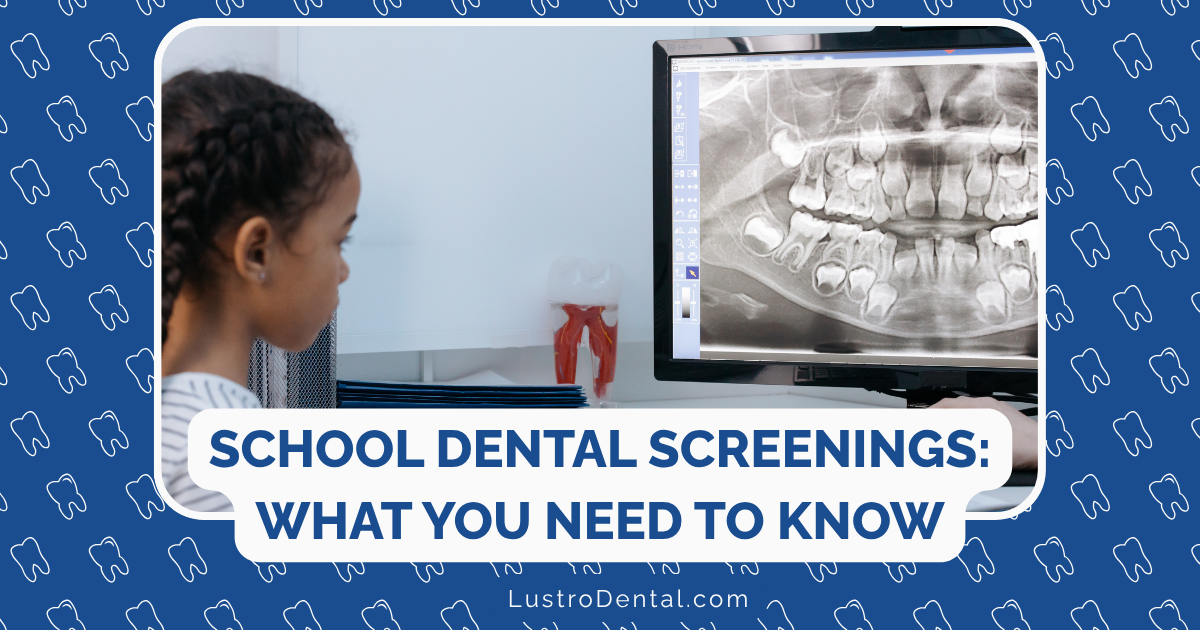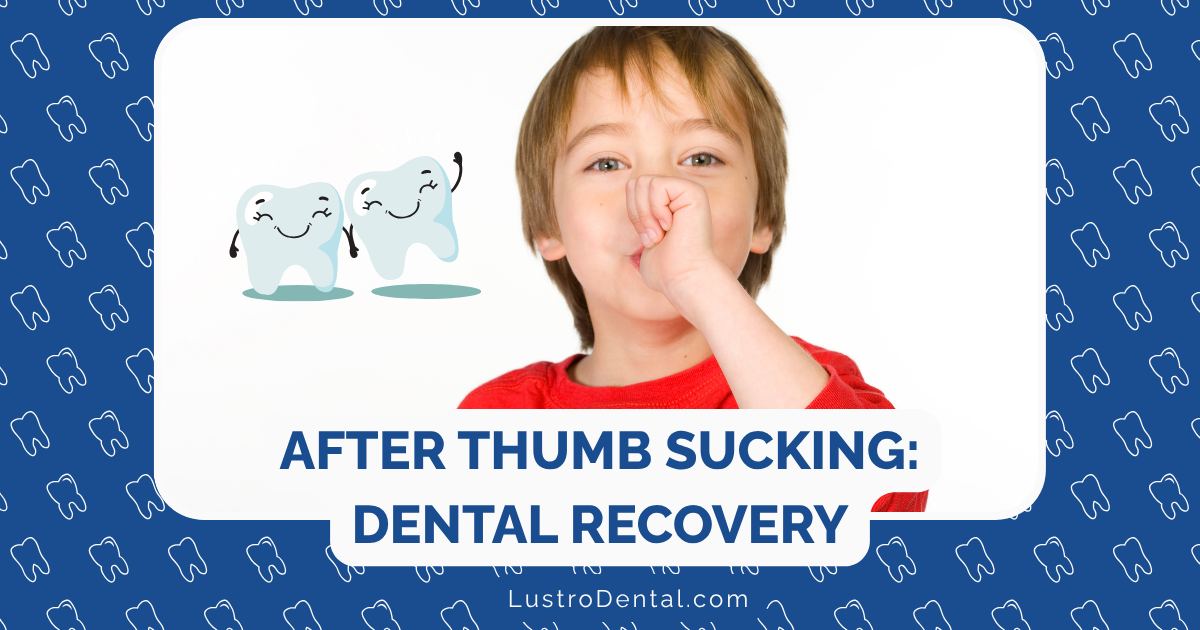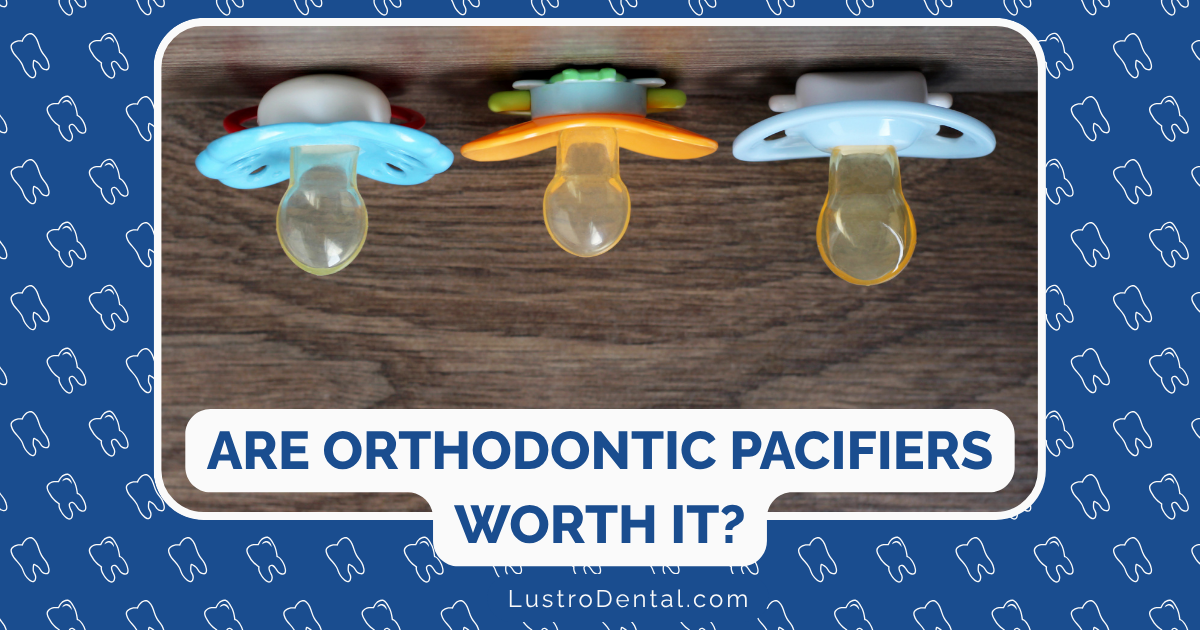Teaching Dental Health in the Classroom: Resources for Educators
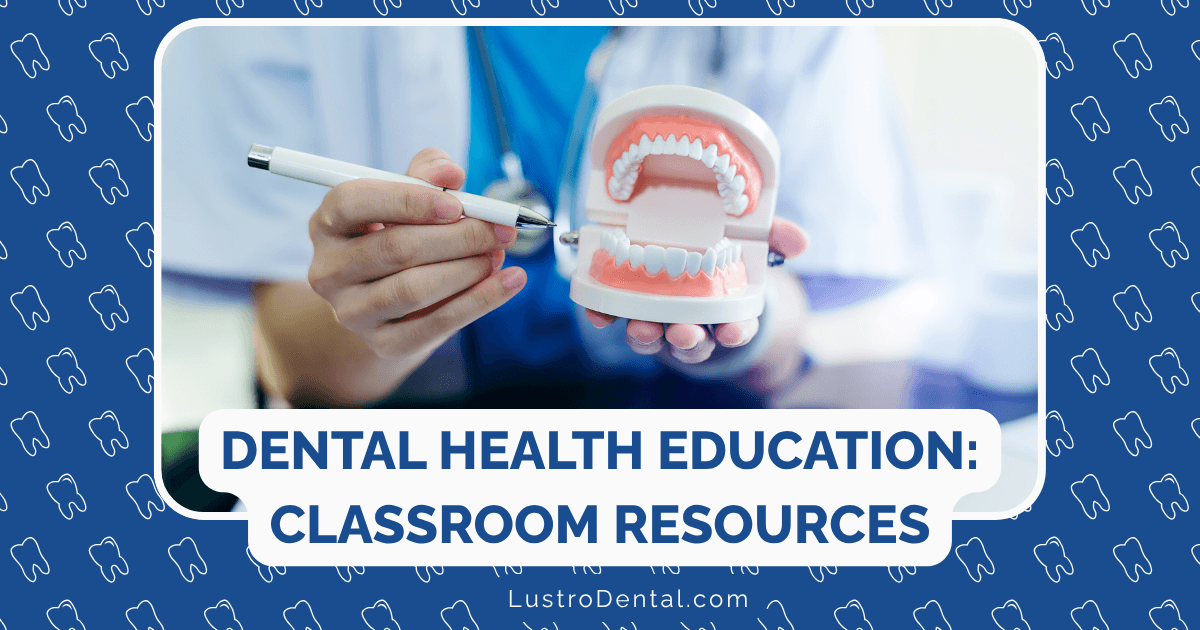
As a former classroom teacher turned dental health advocate, I’ve witnessed firsthand how challenging it can be to fit yet another important topic into an already packed curriculum. But here’s the reality: dental health education isn’t just about preventing cavities—it’s about empowering students with lifelong habits that impact their overall well-being, self-confidence, and even academic success.
Did you know that dental problems cause more than 51 million hours of missed school time each year? That’s a staggering number that affects not just oral health, but educational outcomes as well.
In this comprehensive guide, I’ll share classroom-tested resources that make dental health education engaging, effective, and—dare I say it—fun! These materials can be seamlessly integrated into your existing curriculum without creating additional stress for you or your students.
Age-Appropriate Dental Health Activities
Early Childhood & Kindergarten (Ages 3-6)
Young children learn best through concrete, hands-on experiences that engage multiple senses. Here are resources specifically designed for our youngest learners:
- Tooth Brushing Practice Stations Set up a brushing station with oversized toothbrushes and large tooth models. The American Dental Association’s Mouth Healthy Kids website offers printable tooth diagrams that can be laminated for repeated use.
- Puppet Shows and Storytelling The South Carolina Department of Health provides a fantastic 20-minute interactive puppet show script designed for ages 3-8. No puppets? No problem! Students can create simple paper bag puppets of teeth, toothbrushes, and healthy/unhealthy foods.
- “From Drool to School” Video and Book Delta Dental’s early childhood resources include this engaging video that introduces dental concepts in an age-appropriate way. The accompanying activities reinforce key concepts through art and movement.
Elementary School (Grades 1-5)
Elementary students are ready for more detailed information about dental health while still benefiting from interactive learning experiences:
- Science Connection: The Egg-citing Experiment This popular experiment uses eggs (with shells that mimic tooth enamel) to demonstrate how different beverages affect teeth. Students place eggs in various liquids (soda, juice, water) and observe changes over several days. Delta Dental provides complete instructions and recording sheets.
- Math Connection: Graphing Tooth Loss Create a classroom chart tracking lost teeth throughout the year. Students can practice data collection, graphing, and analysis while discussing this natural developmental milestone.
- Colgate’s Bright Smiles, Bright Futures Colgate offers free classroom kits with grade-specific lesson plans, videos, and even product samples. Their “Tooth Defenders” activities include games that make learning about plaque and cavity prevention engaging.
Middle School (Grades 6-8)
Middle school students are ready for more sophisticated understanding of dental health and its connections to broader health concepts:
- Social Studies Connection: Dental Health Across Cultures Encourage research projects on dental practices in different cultures and time periods. The Smithsonian’s History of Dentistry provides fascinating historical context.
- Health Class Integration: The Sugar Detective Students analyze food labels to identify hidden sugars in everyday foods and calculate daily sugar consumption. This activity connects dental health to broader nutrition concepts and develops critical thinking skills.
- ADA’s Smile Smarts Curriculum The American Dental Association’s comprehensive middle school curriculum includes detailed lesson plans on topics like orthodontics, dental careers, and the science behind common dental problems.
Inclusive Dental Health Education
Effective dental health education must be accessible and relevant to all students:
Multilingual Resources
Many dental health organizations offer materials in multiple languages:
- Colgate’s Bright Smiles, Bright Futures materials are available in up to 30 languages
- The National Maternal and Child Oral Health Resource Center provides resources in Spanish and other languages
Adaptive Resources for Students with Special Needs
Students with sensory sensitivities or developmental differences may benefit from:
- Social stories about dental visits
- Adaptive toothbrushes for demonstration
- Step-by-step visual schedules for dental routines
The National Museum of Dentistry offers specialized resources for teaching dental health to students with various abilities.
Integrating Dental Health Across the Curriculum
The beauty of dental health education is that it doesn’t have to be taught in isolation. Consider these cross-curricular connections:
Language Arts
- Write persuasive essays about the importance of dental health
- Create dental health superhero stories for younger students
- Research and write reports on dental careers
Science
- Study the chemistry of tooth decay and remineralization
- Examine the structure and function of different types of teeth
- Investigate the role of bacteria in the mouth ecosystem
Social Studies
- Research dental practices throughout history
- Explore access to dental care as a public health issue
- Compare dental care systems around the world
Art
- Design posters promoting dental health
- Create models of teeth and dental structures
- Develop infographics about sugar content in popular foods
Building Community Partnerships
Enhance your dental health curriculum by connecting with local dental professionals:
- Guest Speakers Invite dental hygienists or dentists to visit your classroom. Many dental professionals are eager to participate in community education and may provide free supplies for your students.
- Virtual Field Trips Can’t arrange an in-person visit? The American Dental Association offers virtual tour resources of dental offices to familiarize students with dental settings.
- School-Based Screening Programs Learn about establishing school-based dental sealant programs through resources like Seal America, which provides comprehensive implementation guides.
Assessment and Extension Activities
Measure the impact of your dental health education with these assessment strategies:
- Pre/Post Surveys Simple questionnaires about dental knowledge and habits can track learning and potentially identify changes in home routines.
- Dental Health Journals Students can maintain weekly logs of their dental care practices, reflections on learning, and goals for improvement.
- Family Engagement Projects Send home family activities that encourage discussion about dental health practices. The KidsHealth in the Classroom website offers excellent take-home materials.
Digital Resources for Remote Learning
The shift toward digital learning has produced excellent online dental health resources:
- Interactive Websites
- Mouth Healthy Kids offers games and activities
- PBS Kids Healthy Teeth features character-based dental activities
- Educational Videos
- Virtual Lesson Plans The Virginia Division of Dental Health provides ready-to-use PowerPoint presentations and digital activities for remote learning environments.
Final Thoughts: Making Dental Health Education Stick
The most effective dental health education goes beyond memorizing facts to fostering genuine habits and positive attitudes. Here are my parting tips:
- Make it relevant Connect dental health to things students care about—sports performance, appearance, confidence, and overall well-being.
- Keep it positive Focus on the benefits of good dental habits rather than the negative consequences of poor care.
- Build consistent reminders Create visual cues in your classroom, such as a tooth-shaped timer for drinking water or brushing demonstrations after lunch.
- Celebrate small wins Acknowledge and reinforce positive dental health behaviors when you observe them.
Remember, as educators, we’re not just teaching about teeth—we’re empowering students with health literacy skills that will serve them throughout their lives. The few hours we dedicate to dental health education can prevent countless hours of dental pain, missed school, and health complications down the road.
What dental health activities have been most successful in your classroom? Share your experiences in the comments below!


